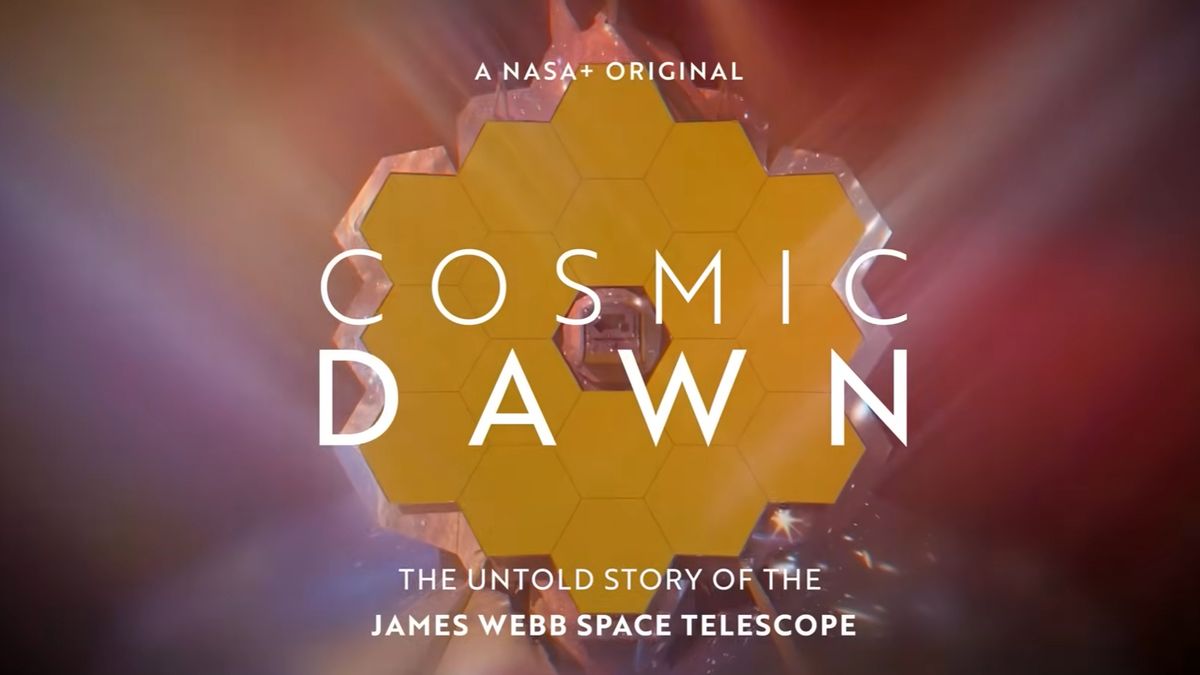Now Reading: New Model Identifies Distant Planets Likely to Host Life
-
01
New Model Identifies Distant Planets Likely to Host Life
New Model Identifies Distant Planets Likely to Host Life

Speedy Summary
- Scientists, lead by a group from NASA’s Nexus for Exoplanet System Science (NExSS), have developed a new “quantitative habitability framework” to better identify exoplanets and moons capable of hosting life.
- Project leaders Daniel Apai and Rory Barnes narrowed the study focus to specific organisms or ecosystems rather than general conditions for life.
- The framework uses computer modeling to calculate probabilities of compatibility between environmental conditions of an examined habitat and the requirements of a hypothetical organism.
- Research incorporated findings from extreme environments on Earth, like Himalayan regions and hydrothermal vents, as reference models for potential extraterrestrial habitats.
- NASA is working on advanced technologies such as the Habitable Worlds Observatory and other space telescopes (e.g., Nautilus constellation) designed to capture sharper images and analyze atmospheres of distant planets. These aim at identifying biosignatures indicative of life.
- Challenges remain due to incomplete data regarding distant planets’ surfaces or subsurfaces, inability for direct sampling, and uncertainties in remote measurements.
Indian Opinion Analysis
The growth of this quantitative habitability framework represents significant progress in astrobiology-a field relevant not onyl globally but increasingly critically important within India’s expanding space program. As India’s ISRO advances its own lunar explorations with enterprising rover missions like Chandrayaan or future Mars efforts, these models coudl offer guidance when prioritizing celestial bodies or regions worth closer examination. Moreover, applying Earth-based biological data translates universally across scientific disciplines; this could aid Indian researchers studying similar ecosystems at home under extreme climate variances (Himalayan altitudes or desert heat). The collaborative model also highlights an interdisciplinary approach combining planetary science with biology-an inspiring avenue for India’s academic institutions looking toward cross-domain innovation in space exploration.
Indian policymakers may recognize how participation in international efforts like NExSS could contribute both knowledge-sharing capacities as well long-term partnerships within projects seeking habitable worlds beyond typical horizons-all reinforcing india beyond terrestrial research goals while pushing wider scientific frontiers globally.

























